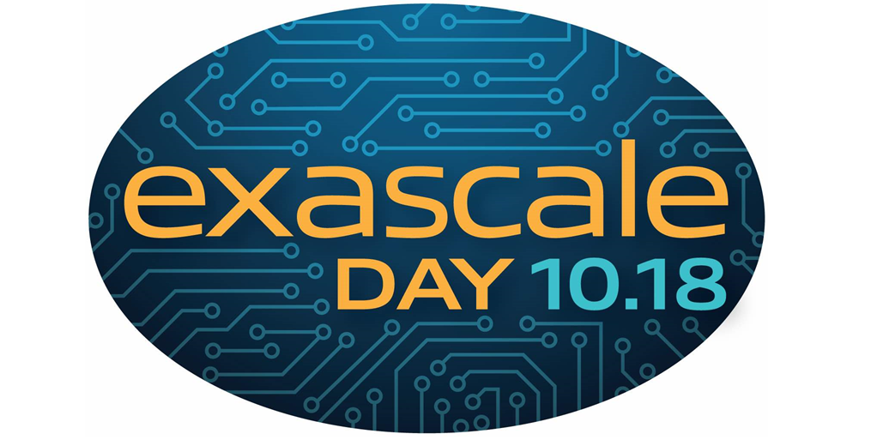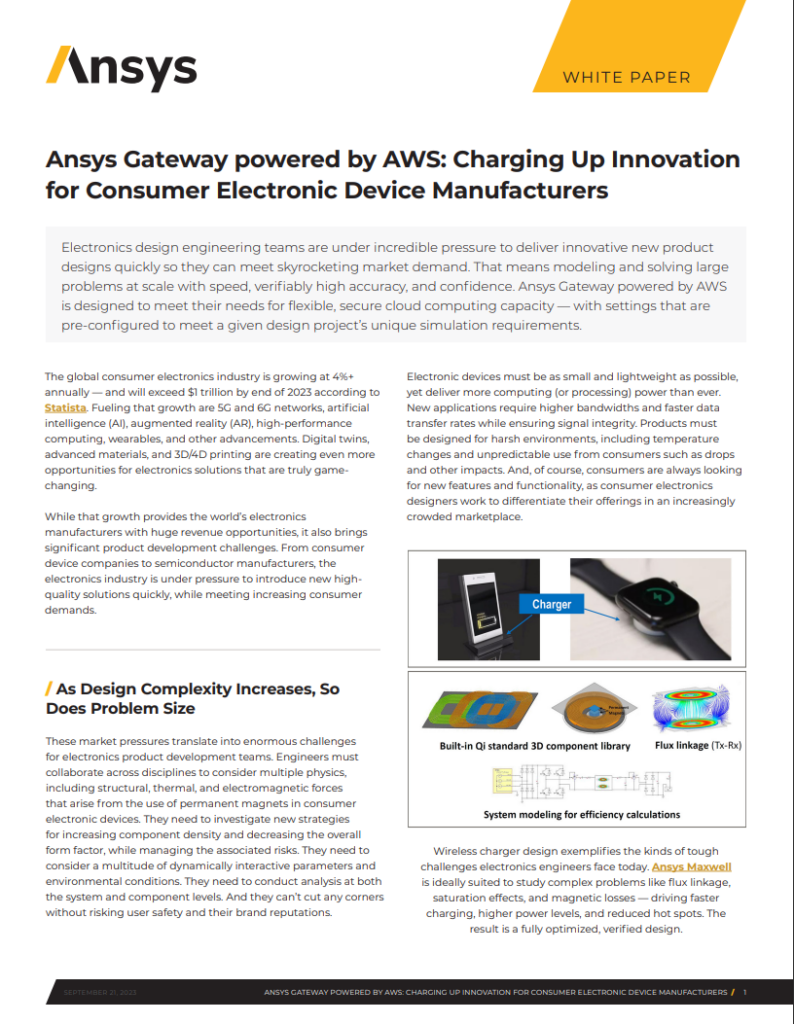 Analyst firm Intersect360 Research has released its annual report placing the worldwide market for scalable computing infrastructure for HPC and AI at $85.7 billion in 2023, up 62.4 percent year-over-year. This was mainly due to a near tripling of spending by hyperscalers on AI infrastructure.
Analyst firm Intersect360 Research has released its annual report placing the worldwide market for scalable computing infrastructure for HPC and AI at $85.7 billion in 2023, up 62.4 percent year-over-year. This was mainly due to a near tripling of spending by hyperscalers on AI infrastructure.
The on-premises HPC-AI infrastructure market grew at a steady 7.1 percent from 2022. Last year was the first in which hyperscalers’ spending on AI infrastructure exceeded total spending for on-prem HPC-AI infrastructure.
“This dramatic growth in hyperscale AI is akin to a gold rush,” said Intersect360 Research CEO Addison Snell. “It belies any normal market dynamic. Enthusiasm for the promises of AI has carried the HPC-AI market to new heights, in both on-premises and hyperscale data centers. Following this initial spike in investment, organizations will take stock to consider the true business models for AI.”
Intersect360 Research Chief Research Officer Dan Olds explains, “We see some wild swings ahead for the hyperscale AI market segment. After 18 months or so of unprecedented outlay, hyperscaler spending on compute will come down to earth in the next couple of years. However, on-premises HPC-AI spending should grow at a rate that offsets the hyperscale slowdown.”
Intersect360 Research forecasts that hyperscale companies’ spending on AI infrastructure hit a peak in 2023 and will regress in the years ahead. The combined hyperscale plus on-premises HPC-AI market will remain largely flat over the next five years with a .3 percent compound annual growth rate (CAGR). However, over those five years, on-premises infrastructure for HPC-AI will grow at 5.4 percent CAGR, while hyperscale HPC-AI infrastructure falls back, at -4.6 percent CAGR.
“The relative dip in HPC-AI spending in 2024 and 2025 still represents a tremendous gain from 2022,” said Snell. “Rather than a long-term decline, it represents a return toward normalcy from zealous growth in 2023.”
As steady growth returns, 2028 will be the first year that surpasses 2023 in total spending. By this time, the proportion of on-premises and hyperscale will have reversed positions, as more long-term investment in stable AI for enterprise will migrate away from cloud to on-prem systems.
“We have found through repeated studies that the ‘AI market’ really breaks down mostly into markets already counted,” Snell said. “The new, pure-AI infrastructure spending is almost entirely confined to hyperscale and cloud, whereas those who already had on-premises expertise in HPC have expanded their environments to be inclusive of AI. As the enterprise AI market develops, we expect to see a balance between cloud and on-prem, like we do with HPC.”
Hyperscale companies are those with internet-driven business models, spending hundreds of millions to billions of dollars per year in total IT infrastructure. Amazon, Apple, Google, Meta, and Microsoft are the largest examples, but the hyperscale segment also includes non-U.S. companies such as Alibaba, ByteDance, Naverand Tencent, as well as new AI-focused cloud services such as CoreWeave, Denvr Dataworks, and Lambda.
As Olds describes, “We’ve seen several years of chaos in the HPC, AI, and hyperscale market segments, and that’s not going to change any time soon. We’re going to see big market shifts in the next five years, most of which will probably come as a surprise to many.”
The full report is available for purchase at www.intersect360.com.
Snell, Olds, and Senior Analyst Steve Conway will present data and insights from the just-released forecast at a free webinar Thursday, May 2 at 12:00pm Eastern/9am Pacific. The 90-minute presentation will include 30 minutes of Q&A. Pre-registration is required, at www.intersect360.com/media/
The webinar will include details of the massive hyperscale AI investment in 2023, plus highlights from the firm’s most recent end-user survey on the software powering HPC and AI. Intersect360 Research will also make “a major announcement” during the webinar.



